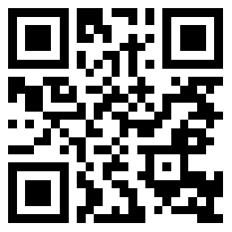ai以图绘图好玩吗AI配音操作教程
AI technology has come a long way in recent years and has become incredibly advanced in various fields, including image creation and speech processing. AI-generated art and voice-overs have become increasingly popular among artists, gamers, and content creators who want to add a unique touch to their creations. In this article, we will explore the exciting world of AI-generated images and voice-overs and provide a step-by-step tutorial on how to create AI voice-overs.
AI-generated images bring a new level of creativity to digital art as they can generate images that are impossible for humans to create. The technology used in AI-generated images is called generative adversarial networks (GANs), which generate images by analyzing patterns in real-world images and creating new ones based on the learned patterns. Programs like DeepDream and GauGAN allow users to create unique images with ease. Users can input an image or sketch, and the AI will generate a visually stunning unique image based on the input. The possibilities are endless, from creating fantastical creatures to realistic landscapes.
On the other hand, AI-generated voice-overs are increasingly popular among content creators as they can save time and money on hiring voice actors. With the rise of text-to-speech technology, anyone can create natural-sounding voice-overs within minutes, using open-source tools such as Tacotron 2 or Google's WaveNet. These text-to-speech tools allow users to input text and generate a voice-over in various languages and accents, making it an effective tool for creating explainer videos, podcasts, and YouTube content.
Here is a step-by-step tutorial on how to create AI-generated voice-overs using Google's WaveNet.
Step 1: Prepare your Script To begin, you should have a script with the desired text for your voice-over. Ensure that the text has the right intonation and tone for the message you want to convey.
Step 2: Select a text-to-speech tool There are several text-to-speech programs available on the market, including Google's WaveNet, Amazon Polly, and IBM Watson. For simplicity, we will use Google's WaveNet.
Step 3: Set up your text-to-speech tool After selecting your text-to-speech tool, follow the instructions to set it up. With Google's WaveNet, you can copy and paste your script into the provided text field.
Step 4: Customize your voice-over After inputting your text, select your preferred language and accent from the drop-down menu. You can also adjust the pitch and speed of the voice-over using the provided sliders.
Step 5: Generate your voice-over After customizing your settings, press the play button to generate your voice-over. You can also download the generated audio file if you are satisfied with the result.
In conclusion, AI technology has revolutionized the way we create art and generate voice-overs. With AI-generated images and voice-overs, the possibilities are endless, allowing content creators, game developers, and artists to create and produce unique and diverse content that was once impossible. While AI-generated art and voice-overs may not replace the talent and creativity of humans, they provide a great starting point and inspiration for further exploration and creativity.
ai以图绘图好玩吗AI配音操作教程,现在的AI配音有什么应用吗?可能很多人都不知道这个黑科技,我之前一直不知道,那么多解说的声音为啥一模一样,甚至是很多百万粉丝的解说都是这个声音,后来才知道他们用的是来趣文字转语音的趣云溪这个声音。





 +61
+61 +86
+86 +886
+886 +852
+852 +853
+853 +64
+64


